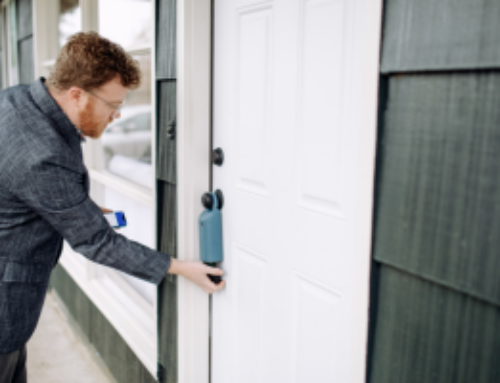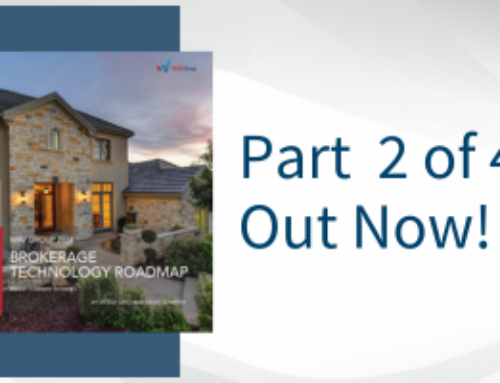Increased affordability, low mortgage rates motivating home buyers, according to C.A.R.s “2009 Survey of California Home Buyers”
Quick Facts:
· Share of first-time buyers rose to 38 percent in 2009, compared with 19 percent in 2008
· Forty-nine percent of all buyers purchased a home through a traditional market sale
· Eighty-eight percent of traditional market sales were financed through fixed-rate mortgagesLOS ANGELES (July 7) Favorable home prices, record-low interest rates, and the belief that rates will rise in the near future were the primary motivators leading home buyers to purchase in 2009 compared with last year, according to the CALIFORNIA ASSOCIATION OF REALTORS® (C.A.R.) “2009 Survey of California Home Buyers” released today. Sixty-eight percent of buyers said price decreases motivated them to buy a home, while 39 percent reported low interest rates helped them move to a better location. Twenty-three percent claimed the likelihood that rates will move up as the motivating factor.
“After back-to-back years of sharp declines, home sales in California rebounded in 2008 and early 2009,” said C.A.R. President James Liptak. “The increase reflected the combination of favorable prices, low mortgage rates, and home buyer tax credits, fueled primarily by sales of distressed properties that accounted for more than half of the states transactions.
“Housing affordability has improved dramatically in response to the decline in home prices along with historically low mortgage rates, creating a tremendous opportunity for home buyers in California,” he added.
Forty-nine percent of all buyers purchased a home through a traditional market sale, while 38 percent purchased a REO/bank-owned property, according to the survey. Reflecting the difficulty in closing short sales–properties selling for less than the loan amount–only 13 percent of buyers purchased a short-sale property.
Home buyers who purchased a REO or bank-owned property experienced the highest level of difficulty in obtaining financing, compared with a more traditional transaction. They rated the level of difficulty as 8.9 (on a scale of 1 to 10 with 10 representing the greatest level of difficulty in obtaining financing) compared with a 7.7 for home buyers with a traditional market sale and 7.6 for short-sale home buyers.
Eighty-eight percent of traditional market sales and 75 percent of short sales were financed through fixed-rate mortgages. By contrast, just 43 percent of those who bought a REO/bank-owned property used fixed-rate mortgages.
Financial literacy with respect to mortgage financing appears to have been a challenge for some buyers. For those buyers in a traditional market sale, 32 percent said that they either did not know or were not sure they knew the terms of their loan. The numbers were more encouraging for buyers of REO and short-sale properties, where only 12 percent and 7 percent respectively admitted they were unsure as to the terms of their loan.
According to the survey, the large number of distressed properties on the market provided more choices for home buyers in 2009 than in recent years.
“In contrast to peak years when inventory levels were at record lows, inventory levels over the past several months have been in the range of the long-run average,” said C.A.R. Chief Economist Leslie Appleton-Young. “With many homes available on the market at more affordable prices in the past year, home buyers have been devoting more time to considering and carefully selecting their home during the researching and buying process.”
On average, home buyers spent 8.4 weeks considering buying a home in 2009, compared with 7.2 weeks in 2008. Buyers spent an average of 10.3 weeks searching for a home with their REALTOR®, compared with 8.7 weeks in 2008.
“With more uncertainties prevailing in the housing market and the general economy in the last year, buyers wanted to conduct more research prior to buying a property,” added Appleton-Young. “This was especially true of first-time buyers, who devoted more time than repeat buyers in considering buying, researching, and previewing homes.”
Of those who reported using the Internet as a tool in the home-buying process, Realtor.com continued to be the most popular real estate Web site at 89 percent, followed by individual real estate company Web sites at 81 percent; individual real estate agents, 66 percent; Zillow, 55 percent; Yahoo! Real Estate, 53 percent; and Craigslist, 49 percent.
Other key findings from C.A.R.s 2009 Survey of California Home Buyers include:
· Twenty-six percent plan to live in their current home for two to three years, 44 percent plan to stay for three to four years, and 30 percent plan to stay for four to five years.
· First-time home buyers made down payments averaging 19.7 percent of their home sales price, compared with 28.3 percent for repeat buyers.
· Twenty-three percent of all home buyers selected their REALTOR® because he or she understood how to purchase foreclosures, short sales, or distressed properties. No home buyers reported this as a factor in previous years.
· The share of home buyers who had their escrow close on time has steadily dropped from 55 percent in 2006 to 37 percent in 2009.





Leave A Comment